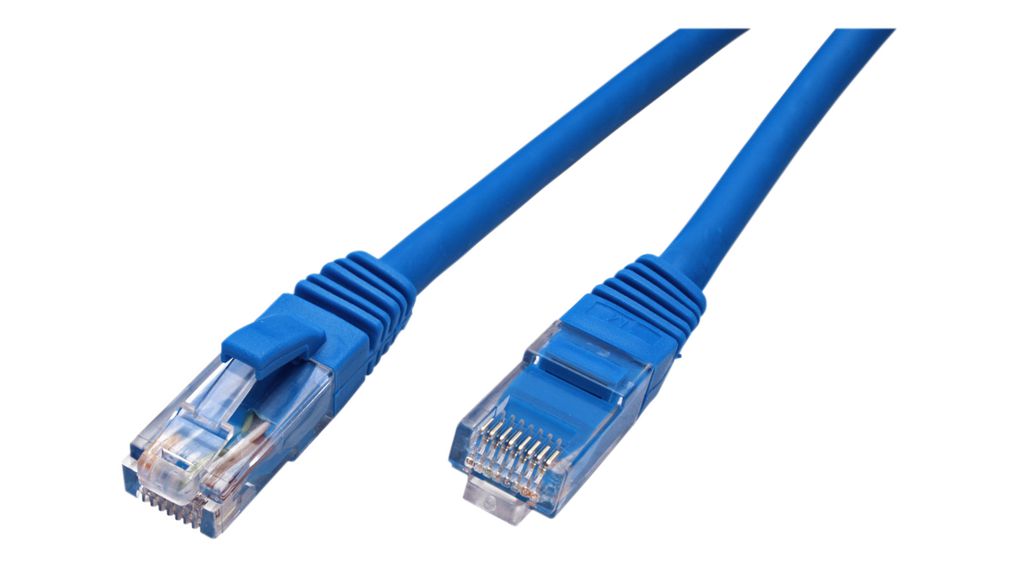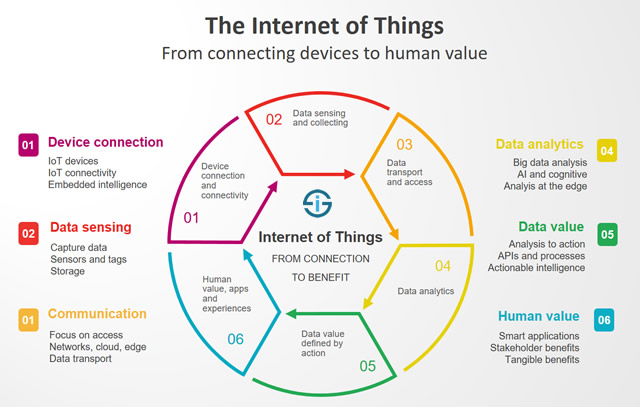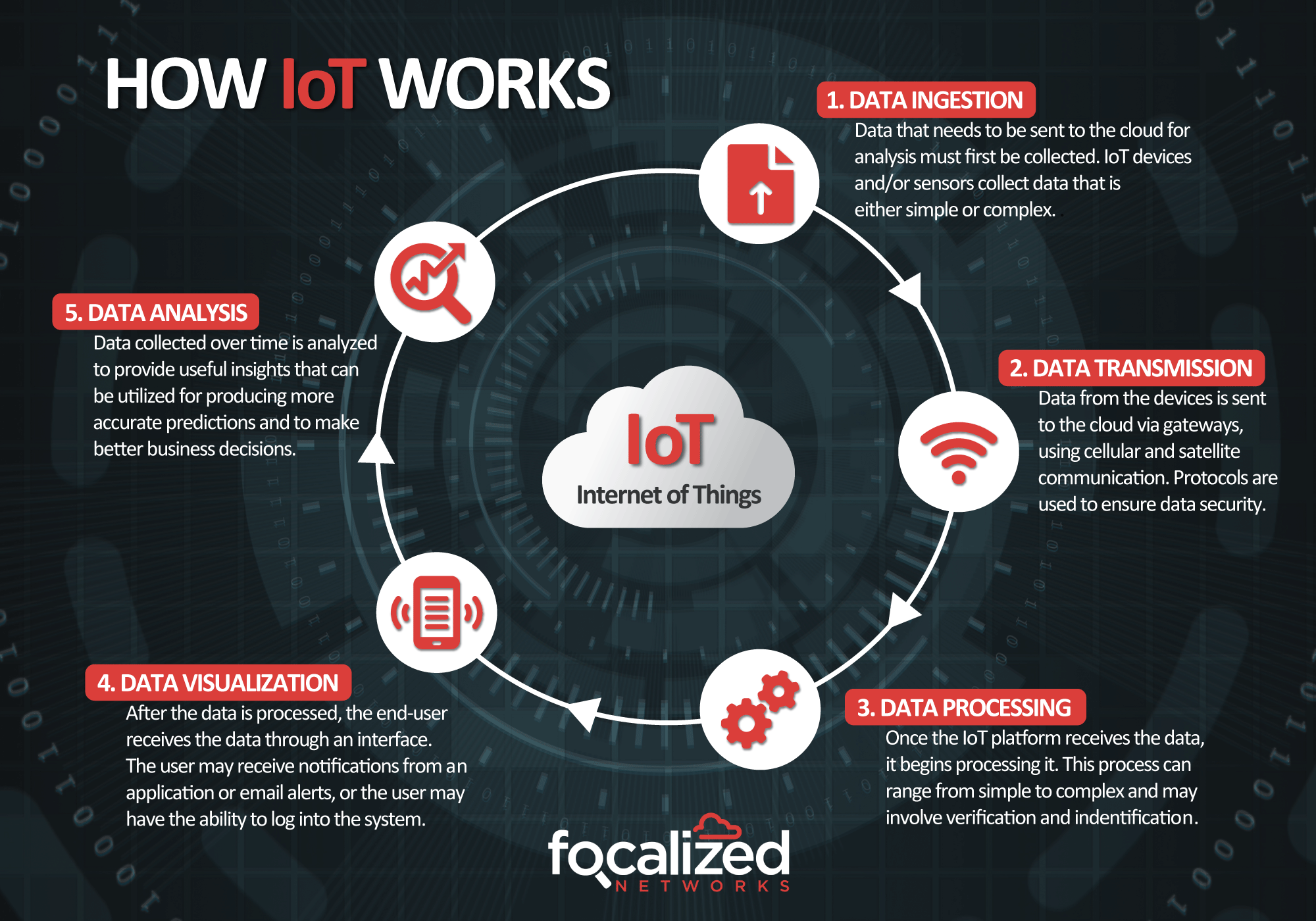R&M – Field-Mountable RJ45 Connector in Metal Housing
 R&M is launching a new generation of the FM45 connector. The die-cast zinc housing also qualifies the FM45 for use in harsh environments.
R&M is launching a new generation of the FM45 connector. The die-cast zinc housing also qualifies the FM45 for use in harsh environments.
R&M, the globally active developer and provider of high-end infrastructure solutions for data and communications networks based in Wetzikon, Switzerland, is expanding the range of field-mountable FM45 connectors. The development team in Wetzikon has designed a new variant with a die-cast zinc housing. The all-new all-metal FM45 is being launched as a Cat. 6A type. It is equipped with EL quick mounting technology and IDC wiring from R&M.

R&M is expanding the family of field-mountable RJ45 connectors with a full-metal version. The FM45 Cat. 6A EL with die-cast zinc housing is particularly suitable for the construction of LAN infrastructures, even in harsh environments.
The latest field-mountable RJ45 connector in metal housing ensures stable data transmission under adverse conditions. These include harsh industrial environments, rooms exposed to electromagnetic pollution, IoT connections in halls and functional buildings or outdoors. It is also suitable for continuous Power over Ethernet (PoE) operation with maximum performance. The new FM45 in metal housing bears the R&M PowerSafe seal as proof of guaranteed PoE suitability.
R&M has once again shortened the straight version of the FM45 housing. It’s only 46 millimeters long. The FM45 Cat. 6A EL is therefore also suitable for confined connection situations.
Intuitive and error-free termination
R&M provides two straight and one angled versions with the same wiring technology. The FM45 supports conventional cable diameters of five to nine millimeters.
Installers do not need any special tools for wiring with stranded wire or wire with cross-sections from AWG22 to AWG26. Termination is incredibly easy and only takes one to two minutes. It can be executed intuitively and flawlessly right from the start.
FM45 connectors simplify the construction of LAN infrastructures with flexible cable routing. With FM45, patch cords of any length can be terminated on-site. The field-mountable connectors serve as practical helpers for servicing, maintaining, and repairing local data networks. In addition, the FM45 connectors can be rewired several times over.

The new FM45 Cat. 6A EL is available as a standard, slim, and angled version.


Source
R&M
EMR Analysis
More information on R&M: See the full profile on EMR Executive Services
More information on Michel Riva (CEO, R&M): See the full profile on EMR Executive Services
More information on the field-mountable FM45 connectors by R&M: https://www.rdm.com/fm45/ + Completely newly developed, state-of-the-art FM45 with metal housing, intuitive handling, robust and compact design. The R&M FM45 EL Cat.6A offers fast and easy termination. Just like the well-known EL module, it comes with a solid housing for a variety of clever field applications.
This RJ45 field-mountable plug with IDC contacts is perfectly suitable for PoE applications and carries our highly recognized PowerSafe seal. Hence, it is the first choice for classic LAN cabling or IoT.
More information on EL quick mounting technology and Cat. 6A EL by R&M: https://www.rdm.com/rj45-connection-module-cat-6a-el-with-90-cable-exit/?download=161179 + EL stands for Easy Lock. Wiring and installation are finished in a matter of minutes. For experienced installers these tasks involve only a few flicks of the wrist. All they have to do is lay the conductors in the wire guide and slide the block into the jack; then close the wiring cover and shut the strain relief clip. The Cat. 6A connection is finished.
EMR Additional Notes:
- RJ45 Connectors:
- The abbreviation, RJ45, stands for Registered Jack-45. Registered Jack specifications are related to the wiring patterns of the jacks, rather than their physical characteristics. The term RJ45 has also come to refer to a range of connectors for Ethernet jacks.

- Cat.X Cables:
- CATx is a term often used when referring generally to a Network cable which will actually be of a more particular type or Category. CATx cable has a long heritage right back to Category 1 cable, introduced in 1985.
- Modern CATx cable is made up of 8 individual insulated cores (wires) contained within a single outer sleeve or jacket. These wires are grouped in 4 pairs and colour coded for visual matching end to end.
- CATx cables are terminated at either an RJ45 plug, or at a Punchdown block in a socket or patch panel.
- The 4 pairs in CATx cables are twisted together. This twisting lends itself to preventing the signals from interfering with each other as they travel along the wire. Through the iterations of CATx cables there have been improvements made to the twist ratios resulting in increased bandwidth and in turn greater data transfer rates being possible.
- Cat 6: Cables is used mainly for computer networks reaching a Gb, 1000 Mbps or one Gbps of data transfer speed (DTR) or higher. Characteristics are as follows: Consists of four pairs of copper wires, which are all utilized for data transfer. CAT6 has now become the minimum standard for new cabling installations.

- 4 Types of Network Cabling:
- Coaxial Cable:
- Coaxial cables have a single copper conductor at the center, while a plastic layer provides insulation between the center conductor and braided metal shield. The metal shield blocks outside interference from fluorescent lights, motors, and other computers.
- Fiber Optic Cable:
- Fiber optic cables possess a center glass core surrounded by multiple layers of protective materials. They avoid electrical obstruction by transmitting light instead of electronic signals, making them perfect for environments with large amounts of electrical interference. Fiber optic cables have become the standard for connecting networks across buildings because of their resistance to moisture and lighting.
- Shielded Twisted Pair (STP) Cable:
- Often referred to colloquially as simply ethernet cables, STP cables employ a special type of copper telephone wiring used for business installations. An external shield functioning as a ground is added to the standard twisted pair of telephone wires.
- Unshielded Twisted Pair (UTP) Cable:
- Unshielded twisted pair (UTP) cables are broadly used in the telecommunications and computer industries as ethernet cables and telephone wires. In a UTP cable, conductors forming a single circuit are twisted around one another to cancel out electromagnetic interference (EMI) from external sources.
- Coaxial Cable:
- FTTx:
- Fiber to the Home (FTTH), Fiber to the Building (FTTB), Fiber to the Premises (FTTP) and Fiber to the Curb (FTTC), termed as FTTx are various technology and deployment options developed to enable reach of fiber as close to the user location as possible to provide high speed data and voice services.
- Fiber to the home (FTTH) is the delivery of a communications signal over optical fiber from the operator’s switching equipment all the way to a home or business, thereby replacing existing copper infrastructure such as telephone wires and coaxial cable.
- FTTP and FTTH are two different abbreviations for the same thing. FTTP stands for ‘fibre to the premises’ and FTTH stands for ‘fibre to the home’. … Unlike FTTC, FTTP broadband is delivered via fibre-optic cables not only as far as the cabinet, but across the entire span to your home or business.
- Fiber-optic cables are less susceptible to glitches than traditional copper wires and can withstand the shock and vibration from inclement weather. FTTH is considered “future proof” and offers the flexibility to deliver additional services in the years to come.

- Key Differences Between Copper Cable and Fiber Optics:
- Data transmission speed of a fiber cable is comparatively more than that of copper cable. Copper cables are nearly 31% slower in data transmission than fiber cable.
- A copper cable transmits the data through it in the form of electrical pulse i.e., due to the movement of electrons. As against in a fiber optics, the data transmission is the result of movement of photons thus it transmits in the form of light pulses.
- The bandwidth provided by a copper cable is less than that of the fiber optics. Thus, a copper cabling meets the industry standards and provides a performance of up to 10 Gbps. However, a fiber optics due to its large bandwidth possess better performance of up to 60 Tbps and above.
- The energy consumed by a copper cable during its operation is somewhat greater than 10W but on the other side, fiber optics consumes less energy i.e., around 2W per user.
- The lifespan of a copper wire is approximately 5 years as it gets easily affected by temperature variations and other environmental factors. However, fiber optics possess a lifespan of 30 to 50 years.
- As fiber optics are difficult to be tapped as compared to copper cables thus proves advantageous from the security point of view. Due to this reason fiber optics are widely used for data transmission at present time.
- A fiber optics allows transmission of data at a much faster rate as compared to copper cable.
- The installation and maintenance cost of a fiber cable is more than copper cable.
- IDC Wiring:
- IDC is generally used for mass termination for flat or ribbon cables. With this technology, the connector makes simultaneous contact with all the terminals of the conductor or wire. The connector contact is like a sharp knife that pierces inside through the insulation of the wire.
- LAN (Local Area Network):
- A local area network is a computer network that interconnects computers within a limited area such as a residence, school, laboratory, university campus or office building.
- By contrast, a wide area network not only covers a larger geographic distance, but also generally involves leased telecommunication circuits.
- LAN networking requires Ethernet cables and Layer 2 switches along with devices that can connect and communicate using Ethernet. Larger LANs often include Layer 3 switches or routers to streamline traffic flows.
- A LAN enables users to connect to internal servers, websites and other LANs that belong to the same wide area network (WAN). Ethernet and Wi-Fi are the two primary ways to enable LAN connections.
- Ethernet is an Institute of Electrical and Electronics Engineers (IEEE) specification that enables computers to communicate with each other. Wi-Fi uses radio waves in the 2.4 gigahertz and 5 GHz spectrum to connect computers to the LAN.
- WLAN (Wireless Local-Area Network):
- Goup of colocated computers or other devices that form a network based on radio transmissions rather than wired connections. A Wi-Fi network is a type of WLAN; anyone connected to Wi-Fi while reading this webpage is using a WLAN.
- A wireless LAN is a wireless computer network that links two or more devices using wireless communication to form a local area network within a limited area such as a home, school, computer laboratory, campus, or office building.
- IOT (The Internet Of Things):
- The Internet of Things (IoT) refers to a system of interrelated, internet-connected objects that are able to collect and transfer data over a wireless network without human intervention.
- Describes the network of physical objects—“things”—that are embedded with sensors, software, and other technologies for the purpose of connecting and exchanging data with other devices and systems over the internet.
- The Most Popular IoT Devices are:
- Smart watches are the most popular IoT devices. …
- Gaming consoles. …
- Smart TV sets and content streaming devices. …
- Voice control devices. …
- Printers. …
- Cameras. …
- Lighting appliances. …
- Smart thermostats.


- Industrial IoT Solutions:
- Industrial IoT (IIoT) involves collecting and analyzing sensor-generated data to support equipment monitoring and maintenance, production process analytics and control, and more. In manufacturing IT since 1989, ScienceSoft offers IIoT consulting and development to create secure IIoT solutions.
- IT & OT:
- Information technology (IT) refers to anything related to computer technology, including hardware and software. Your email, for example, falls under the IT umbrella. This form of technology is less common in industrial settings, but often constitutes the technological backbone of most organizations and companies. These devices and programs have little autonomy and are updated frequently.
- Operational technology (OT) refers to the hardware and software used to change, monitor, or control physical devices, processes, and events within a company or organization. This form of technology is most commonly used in industrial settings, and the devices this technology refers to typically have more autonomy than information technology devices or programs. Examples of OT include SCADA (Supervisory Control and Data Acquisition).
- => The main difference between OT and IT devices is that OT devices control the physical world, while IT systems manage data.
- EtherCAT:
- The Ethernet Fieldbus: https://www.ethercat.org/default.htm + EtherCAT is the open real-time Ethernet network originally developed by Beckhoff. EtherCAT sets new standards for real-time performance and topology flexibility.
- EtherCAT Technology Group:
- The worlds largest Industrial Ethernet organization with 6900 member companies: https://www.ethercat.org/en/tech_group.html + The ETG is a global organization in which OEM, End Users and Technology Providers join forces to support and promote the further technology development. The EtherCAT Technology Group keeps EtherCAT technology open for all potential users.
- Ethernet:
- Ethernet is a family of wired computer networking technologies commonly used in local area networks, metropolitan area networks and wide area networks. It was commercially introduced in 1980 and first standardized in 1983 as IEEE 802.3.
- Single Pair Ethernet (SPE):
- Single Pair Ethernet cables are copper cables that only contain one twisted pair (single pair) that they use for data transmission, for example in industrial applications.
- Describes the transmission of Ethernet over only one pair of twisted copper wires. In addition to data transmission via Ethernet, SPE also enables a simultaneous power supply of terminal devices via PoDL – Power over Data Line.
- As its name suggests, Single Pair Ethernet (SPE) cabling uses only one pair of wires to transmit data, as opposed to the two pair that have long been standard in the majority of Ethernet cabling in use worldwide.
- PoE (Power over Ethernet):
- Power over Ethernet (PoE) is the process of sending electrical power and data over copper wire. The combination of data transmission along with power supplying hardware onto the same RJ45 Ethernet connector allows for the transmission of power over the network cabling.
- As PoE technology has developed, the amount of power that can be sent over Ethernet cable has increased. IEEE-compliant PoE switches and injectors can output anywhere from 12 watts to over 70 watts of power per port.

